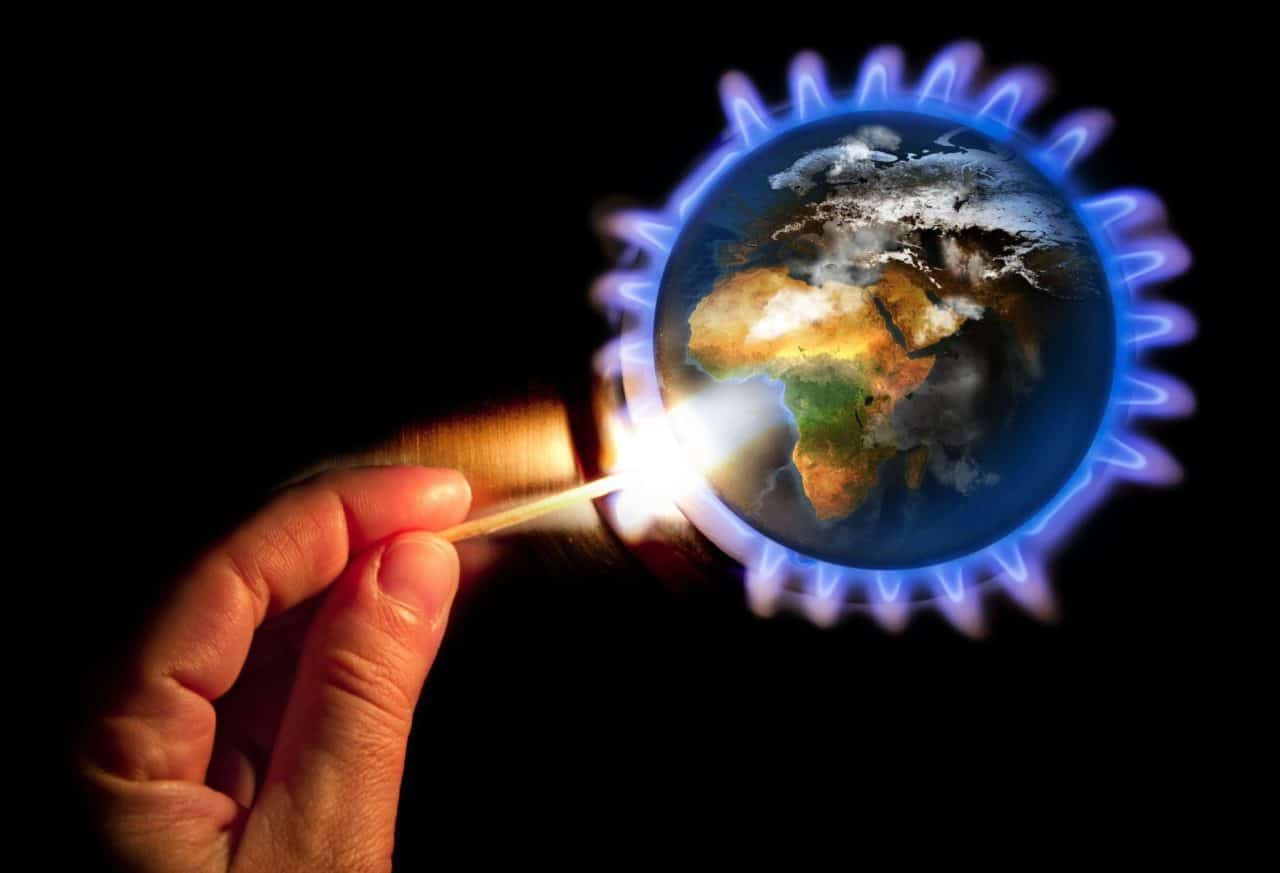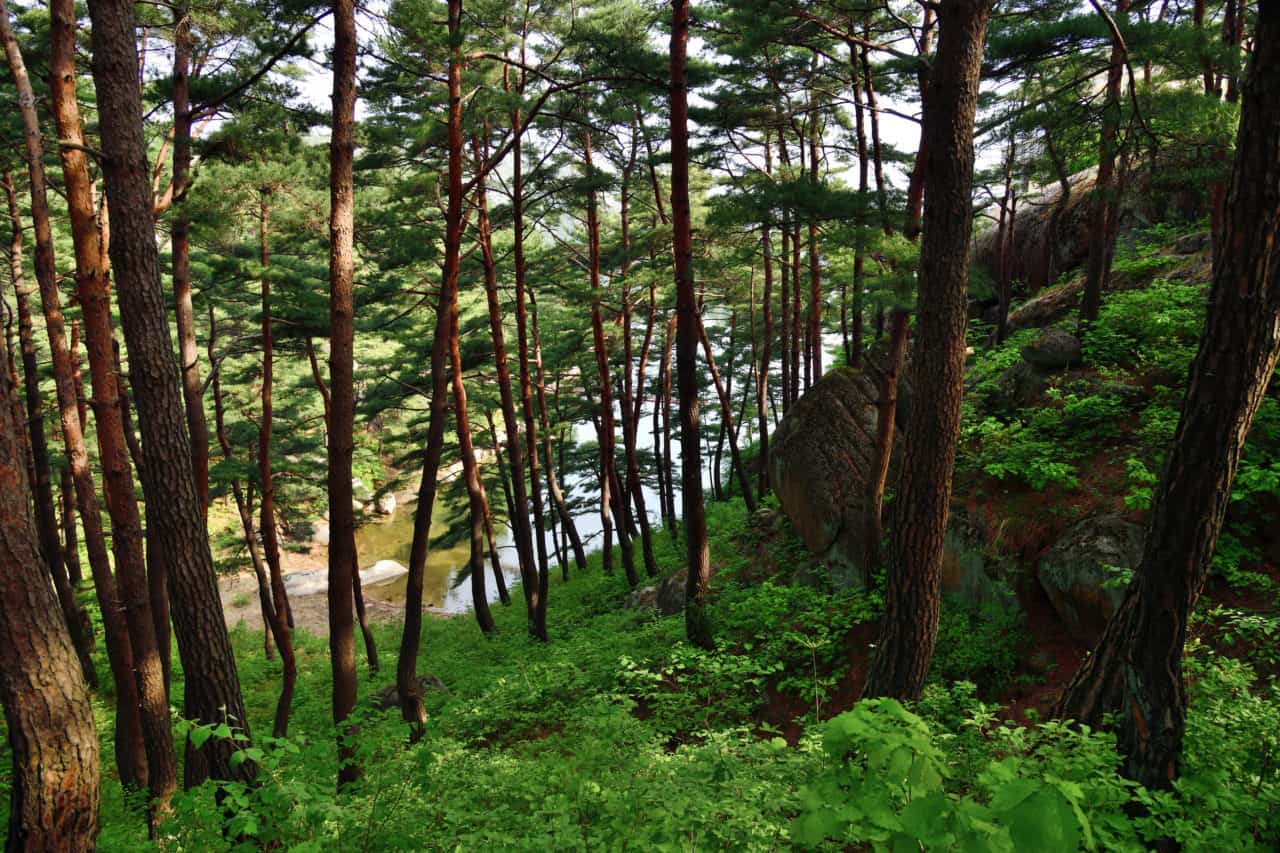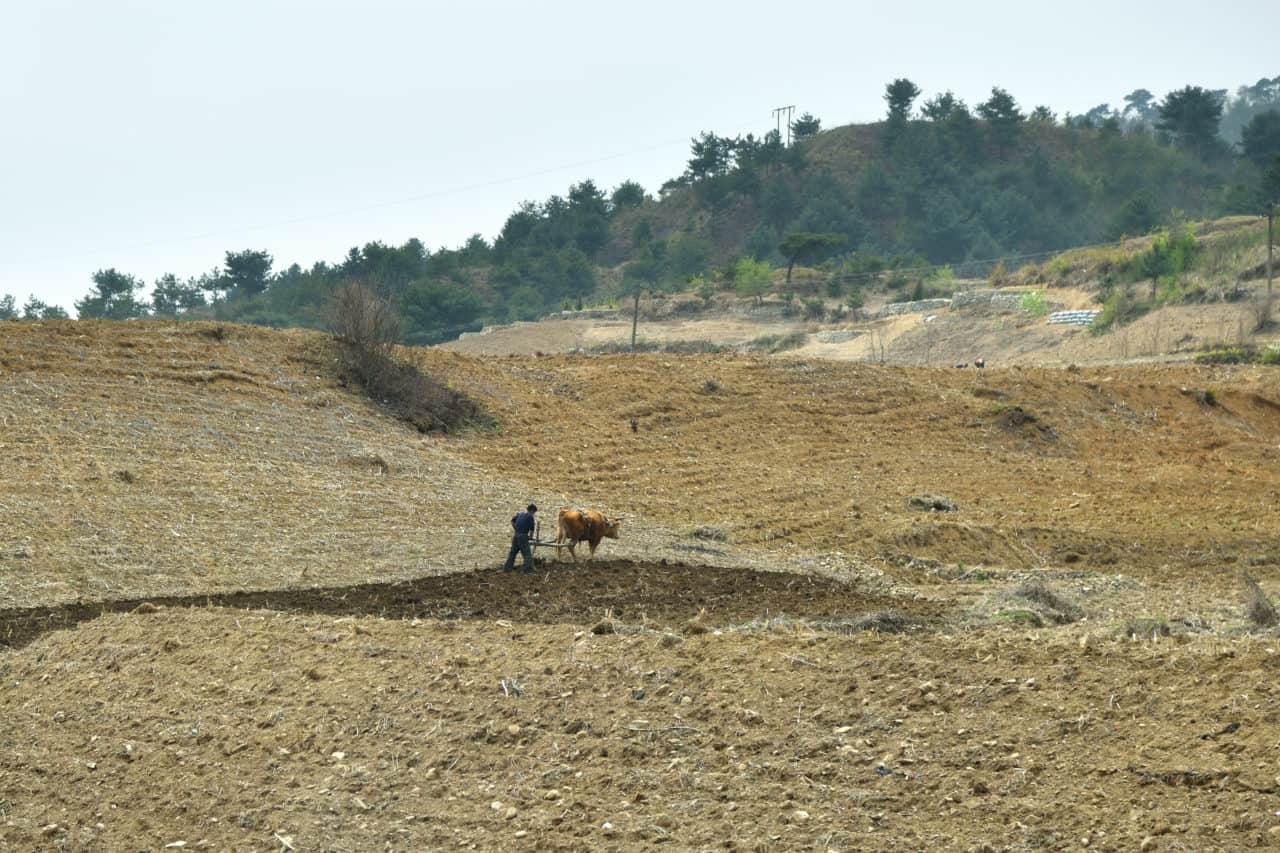Dec 16, 2021 | Alumni, Demography, Poverty & Equity, Women in Science, Young Scientists
By Fanni Daniella Szakal, 2021 IIASA Science Communication Fellow
Can we lift people out of energy poverty while simultaneously reducing carbon dioxide emissions? 2021 Young Scientists Summer Program (YSSP) participant Camille Belmin tried to tackle this seemingly contradictory issue by including fertility in the equation and estimating the conditions where an increase in energy access would reduce demand through decreasing population sizes.

© Photopassion77 | Dreamstime.com
About every third person in the world today doesn’t have access to clean cooking fuels and 1 in 10 are without electricity, predominantly in the Global South. Increasing energy access will not only improve the quality of life for many, but it will also propel us towards achieving some of the UN Sustainable Development Goals (SDGs) such as SDG3, Good Health and Wellbeing, and SDG7, Access to Clean and Affordable Energy.
The downside of increasing energy access is the surge in carbon dioxide emissions that will likely follow. Although populations with low energy access emit only a small share of global carbon emissions compared to countries in the Global North, an increase in energy provisioning would still put more pressure on the climate crisis. But, what if we could increase energy access and decrease emissions at the same time while tackling a few more SDGs in the process, such as SDG5, Gender Equality and SDG13, Climate Action?
Camille Belmin, a participant in the 2021 YSSP aimed to do just that. As a PhD Student at the Potsdam Institute for Climate Impact Research (PIK) and at the Humboldt University of Berlin, Belmin focuses on the relationship between energy access and women’s fertility. In a previous study covering 43 countries around the globe, she found evidence that higher access to electricity and modern cooking fuels was associated with women having fewer children.
“With more access to energy, instead of, for example, picking up firewood for many hours a day, women are able to spend more time on education and employment. Energy access also lowers the need for child labor and reduces child mortality through reduction of indoor air pollution and improved healthcare. This often leads to women becoming more empowered and gives them agency over their reproductive choices, leading to a fertility decline,” says Belmin.
In her YSSP project, Belmin took the energy-fertility relationship a step further: she wanted to explore if an initial boost in energy access could lead to a decline in energy demand in the long term through reduced population sizes, both increasing the quality of life and reducing carbon dioxide emissions.
“I hope that by showing that universal access to energy can also have benefits for sustainability, I can encourage investments in modern energy access in countries where basic services are lacking,” she notes.
To find out under which conditions increasing energy access will lead to a decrease in energy demand, Belmin used a microsimulation model of population projection. Under different energy access scenarios, the model follows each individual in a hypothetical population through life events, such as birth, death, and gaining access to education and electricity, while calculating their total energy consumption. She hoped to find a scenario with net savings in energy demand, in other words, a scenario where the more you give, the more you get.
Setting up the model was a new challenge for Belmin ̶ while many scientific fields have been using microsimulation for a long time, applying it to population modeling based on energy access is a novelty. The potential benefits and positive implications of the work were however well worth the difficulty.
The study focused on population simulations in Zambia, where Belmin collaborates with an NGO that aims to finance education for girls through carbon credits, building on the idea that education will lead to lower population sizes and decreased emissions in the future.
“Because of patriarchal structures, women are often bound to household chores, making the lack of energy a huge burden,” says Belmin. “This research is very important to me as a woman, or just as a human, as it seems that providing modern energy services might be a way for women to have more choice and freedom in their lives.”
Further information:
Belmin, C. (2021). Introducing the energy-fertility nexus in population projections: can universal access to modern energy lead to energy savings? IIASA YSSP Report. Laxenburg, Austria: IIASA [pure.iiasa.ac.at/17688]
Note: This article gives the views of the author, and not the position of the Nexus blog, nor of the International Institute for Applied Systems Analysis.
Nov 11, 2021 | Brazil, Economics, Environment
By Fanni Daniella Szakal, 2021 IIASA Science Communication Fellow
In an attempt to foster economic development for Brazil, the government is planning to open up indigenous and protected areas for mining. But will this truly lead to economic development for the country? 2021 Young Scientists Summer Program (YSSP) participant, Sebastian Luckeneder is using spatial modeling to find out.

© Prabhash Dutta | Dreamstime.com
As the largest rainforest on the planet, the Amazon harbors the highest biodiversity of all ecosystems and is home to many indigenous tribes. It is also literally sitting on a goldmine of natural resources. There are plans in the works to open up protected and indigenous areas of the rainforest to mining activities, which is expected to bring more wealth and development for the country, but at the same time, it will also pose a threat to the environment and indigenous communities.
At first glance, the issue looks like the classic trade-off between economic growth versus environmental and social disruption. In reality however, mining affects social, environmental, and economic spheres both directly and indirectly, creating a complex network of interactions that potentially defy the current dogma.
Mining relies heavily on machines while creating relatively few jobs in comparison to the investment of capital it requires. In addition, mining companies are often large international corporations, which means that most of the profits gained from mining operations in a particular country end up outside that country’s borders.
“One could say that just the very few benefit from extractive activities, whereas many have to pay the cost,” says Sebastian Luckeneder, a 2021 YSSP participant at IIASA, when referring to the environmental destruction, disruption of livelihoods, and displacement of indigenous communities that mining would bring about.
As a second-year PhD candidate at the Institute for Ecological Economics of Vienna University of Economics and Business (WU), Luckeneder is studying the environmental and socioeconomic impacts of mining activities. At IIASA, he used spatial modeling to understand how mining and land use affect regional economic growth in Brazil in the hopes of finding the best economic solution for the country.
Using GDP growth as a proxy for economic development, he looked at the impacts of mining and other types of land use between 2000 and 2020. The model incorporates data on mining, agriculture, and land-use change, as well as other socioeconomic factors, such as employment and infrastructure for about 5,500 municipalities in Brazil.
The study is as complex as it sounds: Luckeneder’s main challenge is to set up a theoretical framework that depicts how the environmental and socioeconomic factors influence each other. Once his comprehensive model is complete, he hopes to get a clear picture of how mining affects the Brazilian economy.
He suspects that while mining activities would bring some economic gains, these might not be sustainable, as the environmental and social upheaval that follow the opening of a mine could negatively impact development in the long-run.
While economic development is important, in the current climate crisis, decisions to enable activities that lead to deforestation cannot be taken lightly. Luckeneder hopes that his results will be used to inform the political debate in Brazil and support policy decisions by the way of science.
Jul 29, 2021 | Korea, Science and Policy, Young Scientists
By Fanni Daniella Szakal, 2021 IIASA Science Communication Fellow
Despite the political challenges, 2021 YSSP participant Eunbeen Park is researching ways to restore forests in isolated North Korea.

© Znm | Dreamstime.com
North Korea is somewhat of an enigma and getting a glimpse into what transpires behind its borders is a difficult task. Based on our limited information, it however seems that its once luscious forests have disappeared at an alarming rate in the last few decades.
Deforestation in North Korea is fueled by economic difficulties, climate change, and a lack of information for effective forest management. As forests are recognized as important carbon sinks that are invaluable when working towards the climate goals established in the Paris Agreement, finding a way to restore them is imperative. Forests are also essential in solving food insecurity and energy issues, which is especially relevant in the face of the current economic hardship in North Korea.
Neighboring South Korea serves as a benchmark for a successful reforestation campaign after having restored most of its forest cover in the last half a century. South Korean researchers and NGOs are keen to support afforestation efforts in North Korea and it seems that the North Korean government is also prioritizing this through a 10-year plan announced by North Korean leader Kim Jong-Un in 2015. The strained relationship between the two Koreas however, often hinders effective collaboration.
‘’We are close to North Korea regionally, but direct connection is difficult for political reasons. However, many researchers are interested in studying North Korea and there are currently many projects for South and North Korea collaboration supported by the Ministry of Unification,” says Eunbeen Park, a participant in the 2021 Young Scientists Summer Program and a second year PhD student in Environmental Planning and Landscape Architecture at Korea University in Seoul, South Korea.

North Korean countryside © Znm|Dreamstime.com
Modeling afforestation scenarios in North Korea
Park specializes in using remote sensing data for environmental monitoring and detecting changes in land cover. During her time at IIASA, she will use the Agriculture, Forestry, and Ecosystem Services Land Modeling System (AFE-LMS) developed by IIASA to support forest restoration in North Korea.
First, Park will use land cover maps dating back to the 1980s to map the change in forest cover. She will then identify areas for potential afforestation considering land cover change, forest productivity, climate, and different environmental variables, such as soil type. She will also develop different afforestation scenarios based on forest management options and the tree species used.
According to Andrey Krasovskiy, Park’s supervisor at IIASA, when selecting tree species for afforestation we need to take into account their economic, environmental, and recreational values.
“From a set of around 10 species we need to choose those that would be the most suitable in terms of resilience to climate change and to disturbances such as fire and beetles,” he says.
Challenges in data collection
A major challenge in Park’s research is obtaining accurate information for building her models. If there is relevant research from North Korea, it is not available to foreign researchers and without being able to enter the country to collect field data in person, her research has to rely on remote sensing data or data extrapolated from South Korean studies.
Fortunately, in recent years, remote sensing technology has evolved to provide high-resolution satellite data through which we are able to take a thorough look at the land cover of the elusive country. Park will match these maps with yield tables provided by Korea University based on South Korean data. As the ecology of the two Koreas are largely similar, these maps are thought to provide accurate results.
Is there space for science diplomacy?
“Research shouldn’t have any boundaries,” notes Krasovskiy. “In reality however, the lack of scientific collaboration between research groups in South and North Korea poses a major obstacle in turning this research into policy. Luckily, some organizations, such as the Hanns Seidel Foundation in South Korea, are able to bridge the gap and organize joint activities that provide hope for a more collaborative future.”
Despite the diplomatic hurdles, Park hopes that her work will find its way to North Korean policymakers.
“I expect my research might make a contribution to help policymakers and scientific officials establish forest relevant action in North Korea,” she concludes.





You must be logged in to post a comment.